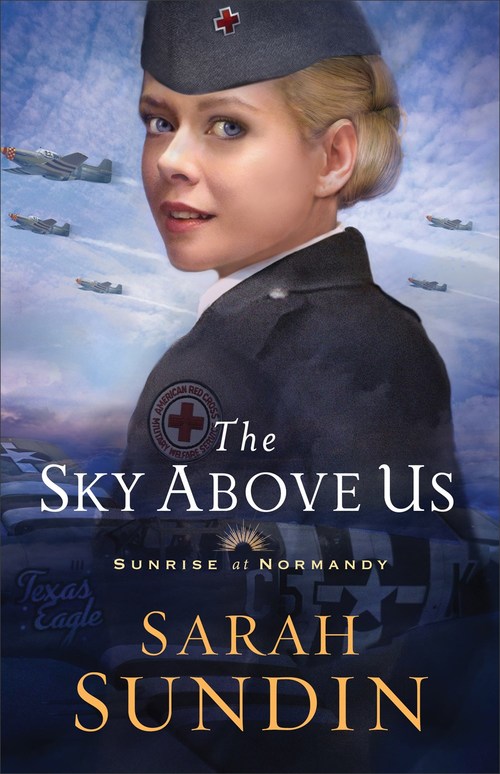Spoiler alert: I’m about to seriously date myself. When I was in college, all my girlfriends were crazy about the movie Somewhere in Time, starring Jane Seymour and the late Christopher Reeve. In case that film was before your time, it’s about a modern-day playwright named Richard Collins, who travels back in time to meet, court, and win the heart of Elise McKenna, a turn-of-the-century actress whose image and mysterious story have captivated him. Just as it appears that love will win the day, Richard reaches into his pocket and pulls out a forgotten 1979 penny, which immediately yanks him out of the past, away from his soul mate, and literally “back to the future.” My own stories are set in my native South, and I feel as if I spend a big chunk of my writing time dodging The Dreaded Coin, working as hard as I can to skirt my way around anything and everything that might yank a reader out of the story. It doesn’t take much. One factual inaccuracy (like putting the Brazos River in Mississippi) or one line of dialogue that sounds nothing like authentic Southern speech (“I’m mad about you! Mad I say!”), and the…
The women of World War II fascinate us and D-day is one of the most pivotal events in modern history, so I enjoyed exploring both in THE SKY ABOVE US, book 2 in the Sunrise at Normandy series. While my hero flies above the landing beaches in his P-51 Mustang, my heroine runs the American Red Cross Aeroclub at his airfield. Here are some interesting things I learned about the Red Cross in World War II. 1. At a time when the population of the United States was 132 million, 37 million adults and 20 million children and youth belonged to the Red Cross, with 7.5 million serving as volunteers. In addition, 40,000 men and women were paid workers with the Red Cross. 2. Of those overseas workers, twenty-nine women died, primarily in plane crashes, but also due to enemy shelling. 3. Women who worked with the American Red Cross overseas had to be at least twenty-five years old and have a college degree. They underwent an extensive interview process and had to complete training in Washington, DC. The women had the “equivalent status” of an officer, which granted them many officer privileges. 4. The American Red Cross operated hundreds…



